Eurofins Genomics US is proud to announce the opening of a new world-class oligonucleotide manufacturing facility. The expansion significantly increases manufacturing capacity and capabilities, allowing Eurofins Genomics US to meet the ever-growing global demand for GMP-grade and research use oligonucleotides.
Tag: RNA
Genomic dark matter solves butterfly evolutionary riddle
New study reveals how an unexpected genetic mechanism influences the evolution of butterfly wing coloration.

New research sheds light on RNA’s role in disease
Many scientists study the proteins in our cells in order to fight diseases like cancer, but Cornell College Assistant Biochemistry Professor Collin O’Leary and a team of researchers are turning their focus to the structure of RNA.
‘MUSIC map’ reveals some brain cells age faster and are more prevalent in Alzheimer’s
Engineers at the University of California San Diego have discovered that some brain cells age more rapidly than others, and they are disproportionately abundant in individuals afflicted with Alzheimer’s disease. Additionally, researchers observed sex-specific differences in the aging process of certain brain cells, with the female cortex exhibiting a higher ratio of “old” oligodendrocytes to “old” neurons compared to the male cortex.
Novel Biological Mechanism Discovered That Could Lead to New Treatments for Neurological Disorders, Cancers
The lab of Yongchao C. Ma, PhD, at Stanley Manne Children’s Research Institute at Ann & Robert H. Lurie Children’s Hospital of Chicago discovered a fundamental biological mechanism that could lead to new treatments for neurological diseases, such as spinal muscular atrophy (SMA) and autism, as well as different cancers.
Cleveland Clinic Researchers Uncover How Virus Causes Cancer, Point to Potential Treatment
Cleveland Clinic researchers have discovered a key mechanism used by Kaposi’s sarcoma-associated herpesvirus (KSHV), also known as human herpesvirus 8 (HHV8), to induce cancer. The research points to effective new treatment options for KSHV-associated cancers, including Kaposi’s sarcoma, primary effusion lymphoma, and HHV8-associated multicentric Castleman disease.
Junk DNA in birds may hold key to safe, efficient gene therapy
The recent approval of a CRISPR-Cas9 therapy for sickle cell disease demonstrates that gene editing tools can do a superb job knocking out genes to cure hereditary disease.
RNA Scientist Receives Federal Funding to Commercialize Molecular Tool Against Alzheimer’s Disease
University at Albany scientist Scott Tenenbaum, founder of UAlbany spinoff company sxRNA Technologies, Inc. (sxRNA Tech), has received $500,000 from the National Institute on Aging, part of the National Institutes of Health, to study how aging brain cells shape the progression of Alzheimer’s disease, and advance RNA technology that could inform new therapeutics to prevent and treat Alzheimer’s and related dementias.
RNA Scientist Available to Share Insights on 2023 Nobel Prize in Medicine
ALBANY, N.Y. (Oct. 3, 2023) — The 2023 Nobel Prize in Medicine has been awarded to scientists Katalin Karikó and Drew Weissman for laying the scientific foundation that enabled the development of the mRNA vaccine for COVID-19. The vaccine has…
New blood test for noncoding RNA significantly improves cancer detection
Cancer is most treatable in its early stages, so finding innovative and non-invasive methods to diagnose cancer early on is crucial for fighting the disease.
The Future of Medicine Rises in University City: University of Pennsylvania Opens New Multi-Disciplinary Research Labs in One uCity Square
Wexford Science & Technology, LLC and the University of Pennsylvania today announced that the University has signed a lease for new laboratory space that will usher in a wave of novel vaccine, therapeutics and engineered diagnostics research to West Philadelphia.
Technology Developed at Rutgers Sublicensed to Global Biopharmaceutical Company
Base editing technology invented at Rutgers, The State University of New Jersey, and exclusively licensed to Revvity, Inc. subsidiary Horizon Discovery, has been sub-licensed to biopharmaceutical company AstraZeneca to support its creation of cell therapies for the treatment of cancer and immune-mediated diseases.

Rensselaer Researcher Uses Pressure To Understand RNA Dynamics
Just as space holds infinite mysteries, when we zoom in at the level of biomolecules (one trillion times smaller than a meter), there is still so much to learn.Rensselaer Polytechnic Institute’s Catherine Royer, Constellation Chair Professor of Bioinformatics and Biocomputation at the Shirley Ann Jackson, Ph.D. Center for Biotechnology and Interdisciplinary Studies (CBIS) and professor of biological sciences, is dedicated to understanding the conformational landscapes of biomolecules and how they modulate cell function.
New discovery to bulk up gluten-free fibre supplement
Scientists have for the first time constructed the reference genome for the source of the popular fibre supplement, psyllium husk, which could boost supplies of the versatile plant-derived product.
Severe COVID-19 Linked with Molecular Signatures of Brain Aging, Researchers Find
In a series of experiments, scientists found that gene usage in the brains of patients with COVID-19 is similar to those observed in aging brains.
UAlbany Researchers Awarded $1.4M to Identify RNAs Linked to Cancer and Bacterial Infections
Researchers from The RNA Institute at the University at Albany have been awarded $1.4 million to investigate stress-induced RNA modifications and associated cell response. The focus of the study — “wobble uridines” in tRNA — could hold important clues for treating bacterial infections and detecting cancer.
Model demonstrates how RNA splicing defects contribute to Alzheimer’s disease
Scientists at St. Jude Children’s Research Hospital created a model to study the role of RNA splicing defects in Alzheimer’s disease, revealing degeneration and toxicity caused by neuron hyperexcitability.
Cleveland Clinic Researchers Discover New Signal for Triggering Human Immune Response
Researchers from Cleveland Clinic’s Florida Research and Innovation Center (FRIC) found that disruption of a cellular structure, known as the actin cytoskeleton, is a “priming signal” for the body to respond to a virus. These findings, published in Cell this week, potentially lay the groundwork for development of new anti-viral vaccines and treatments.
UAlbany’s RNA Institute Awarded $2.5M from NIH to Advance ‘RNA Rescue’ in Fight Against Myotonic Dystrophy
News of the grant comes as UAlbany prepares to mark the second International Myotonic Dystrophy Awareness Day.
Modified nucleotides used in COVID-19 vaccines work as designed
The remarkable effectiveness of mRNA vaccines against SARS-CoV-2 has generated much interest in synthetic mRNA therapeutics for treating and preventing disease. But some basic science questions have remained about whether the modified nucleotides used in the vaccines faithfully produce the protein products that they are designed to make.
How environmental changes affect the shapes of RNA in living cells
The impact of environmental conditions on the dynamic structures of RNAs in living cells has been revealed by innovative technology developed by researchers at the John Innes Centre.
MD Anderson and TransCode Therapeutics announce strategic alliance to advance RNA therapies for oncology
MD Anderson and TransCode announced a strategic alliance to advance TransCode’s pipeline of RNA-targeted therapeutic and diagnostic candidates for oncology.
RBC Bioscience is Bringing its Lab Automation Solutions to the American Research and Diagnostics Market
Participation Announcement
University of Kentucky Researchers Develop Online Portal to Show How Biases in RNA Sequences Affect Gene Expression
A recent publication from researchers at the University of Kentucky explains the importance of identifying and understanding how differences between tissues and cells alter gene expression without changing the underlying genetic code.
Novel, sensitive, and robust single-cell RNA sequencing technique outperforms competition
The novel terminator-assisted solid-phase complementary DNA amplification and sequencing (TAS-Seq) method provides high-precision data on gene expression
Yale researchers develop RNA-based therapy that clears SARS-CoV-2 from mice
Researchers at Yale School of Medicine have discovered that an RNA molecule that stimulates the body’s early antiviral defense system can protect mice from a range of emerging SARS-CoV-2 variants. The study, published today in the Journal of Experimental Medicine (JEM), could lead to new treatments for COVID-19 in immunocompromised patients, as well as providing an inexpensive therapeutic option for developing countries that currently lack access to vaccines.
‘Molecular Twin’ Initiative Will Help Advance Precision Cancer Treatment
Cedars-Sinai Cancer and Tempus, a leader in artificial intelligence and precision medicine, are harnessing the power of big data and AI to design personalized cancer treatment options by creating virtual replicas of patients’ DNA, RNA, protein and other information to help identify the most effective approach to each individual’s disease.
MD Anderson Research Highlights for September 8, 2021
The University of Texas MD Anderson Cancer Center’s Research Highlights provides a glimpse into recently published studies in basic, translational and clinical cancer research from MD Anderson experts.
Researchers discover new factor in preventing phenylketonuria, offering new treatment strategy
MD Anderson researchers have discovered a critical new factor in regulating metabolism of the amino acid phenylalanine and, therefore, in preventing the inherited metabolic disorder phenylketonuria. The research suggests a possible avenue for new treatments.
Tip Sheet: Disparities in cancer outcomes, catching up on cancer screenings, boosting immunotherapy effectiveness and SARS-CoV-2 origins
SEATTLE — July 7, 2021 — Below are summaries of recent Fred Hutch research findings and other news.
Potential Drug Target for Difficult-To-Treat Breast Cancer: RNA-Binding Proteins
UC San Diego studies using human cell lines and tumors grown in mice provide early evidence that inhibiting RNA-binding proteins, a previously overlooked family of molecules, might provide a new approach for treating some cancers.
Not Just A Phase For RNAS
DALLAS – June 9, 2021 – A phenomenon in which an RNA named NORAD drives a protein named Pumilio to form liquid droplets in cells, much like oil in water, appears to tightly regulate the activity of Pumilio. A new study led by UT Southwestern scientists suggests that such RNA-driven “phase separation,” in turn, protects against genome instability, premature aging, and neurodegenerative diseases, and may represent a previously unrecognized way for RNAs to regulate cellular processes.
Weizmann Institute Scientists Reveal the Triple Threat of Coronavirus
Scientists at the Weizmann Institute and the Israel Institute for Biological, Chemical and Environmental Sciences took a novel tack to investigating SARS-CoV-2’s powerful ability to infect, finding that the virus deploys an apparently unique three-pronged strategy to take over the cell’s protein-synthesis abilities. The work could help develop effective Covid-19 treatments.
2021 Warren Alpert Prize Awarded to Two Scientists for RNA Discoveries
The 2021 Warren Alpert Foundation Prize has been awarded to scientists Lynne Maquat and Joan Steitz for seminal discoveries in the biology and function of RNA, the workhorse molecule of cells. Their discoveries have reshaped the understanding of RNA’s myriad roles in healthy cell function and in disease-causing dysfunction and have informed the conceptualization and design of RNA-based therapies in various stages of development.
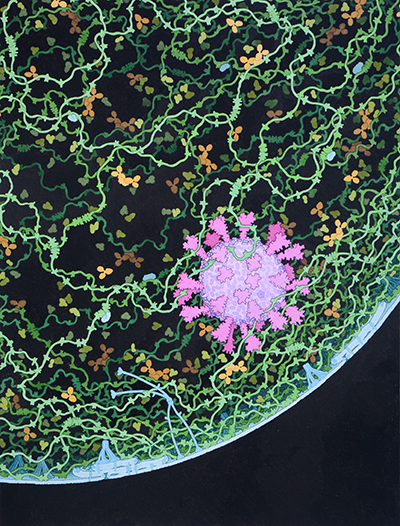
More than 1,000 SARS-CoV-2 Coronavirus Protein 3D Structures Available
New Brunswick, N.J. (March 3, 2021) – The 3D structures of more than 1,000 SARS-CoV-2 coronavirus proteins are freely available from the RCSB Protein Data Bank headquartered at Rutgers University–New Brunswick. The data bank reached the milestone this week, with 1,018 proteins as…
MicroRNA Testing of Healthy Children Could Provide a Window on Heart and Kidney Health Later in Life
Molecules called microRNAs (miRNAs) that are measurable in urine have been identified by researchers at Mount Sinai as predictors of both heart and kidney health in children without disease. The epidemiological study of Mexican children was published in February in the journal Epigenomics.
Health Disparities and COVID-19, Toxicity of E-cigarette Generated Aerosols, and More Featured in February 2021 Toxicological Sciences
Toxicological Sciences continues to feature leading toxicology research in the areas of developmental and reproductive toxicology; endocrine toxicology; neurotoxicology; molecular, biochemical, and systems toxicology; and more.
Scientists identify “immune cop” that detects SARS-CoV-2
Scientists at Sanford Burnham Prebys Medical Discovery Institute have identified the sensor in human lungs that detects SARS-CoV-2 and signals that it’s time to mount an antiviral response.
Rutgers Expert Can Discuss AI Advances Linked to RCSB Protein Data Bank
New Brunswick, N.J. (Dec. 3, 2020) – Stephen K. Burley, director of the RCSB Protein Data Bank headquartered at Rutgers University–New Brunswick, is available for interviews on how the bank’s 50 years of data on the 3D biomolecular structures of life and artificial intelligence can lead…
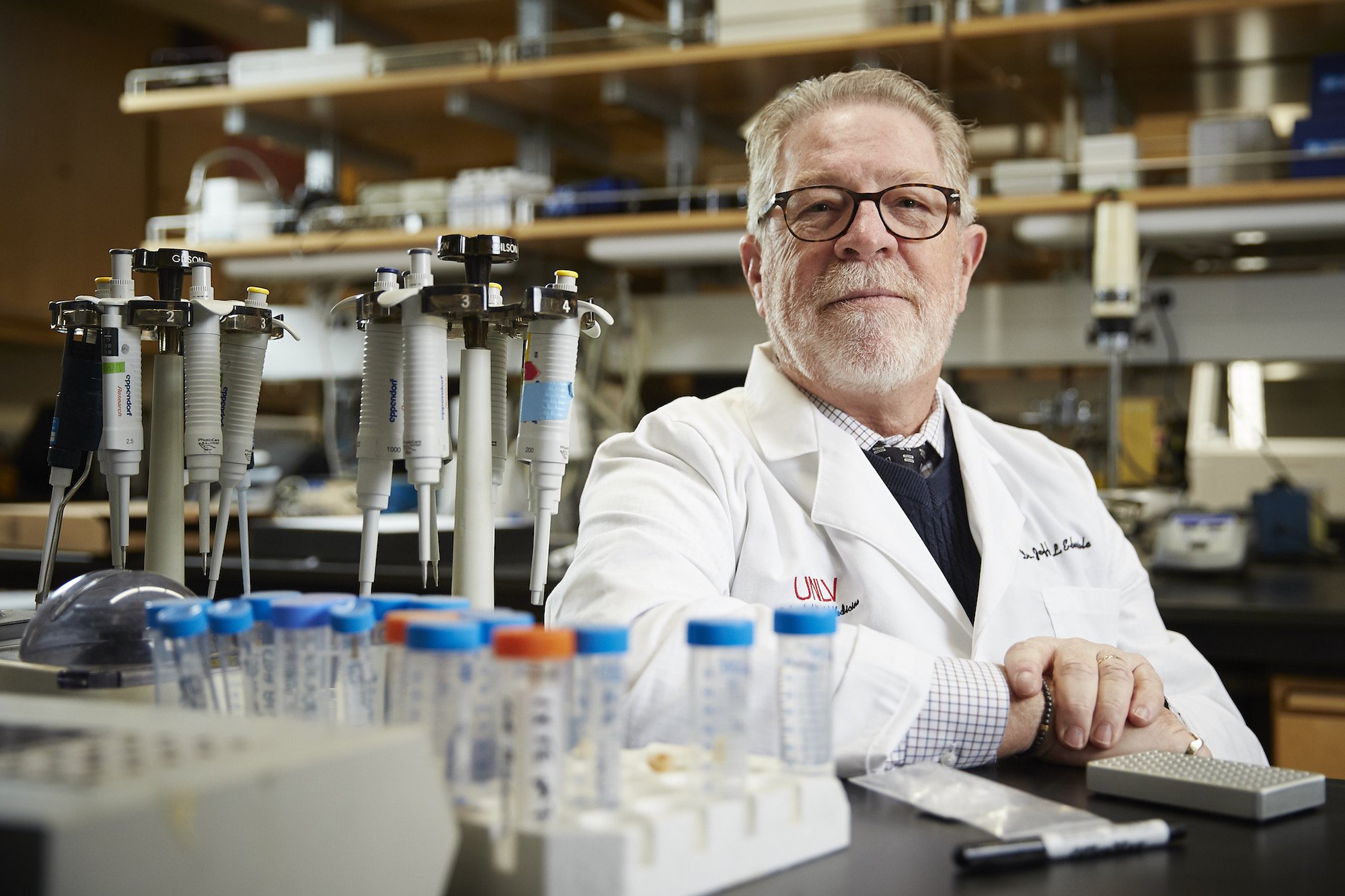
UNLV Immunologist on the Differences Between Two Leading COVID-19 Vaccine Candidates
Millions around the world have waited for news about a COVID-19 vaccine, regarding it as the beginning of the end for the global pandemic and a herald for the eventual return to “normal life.” Recent announcements from pharmaceutical companies Pfizer and Moderna that their respective late-stage vaccine trials have shown a 90% or better effectiveness rate have received international applause, excitement furthered with estimates that doses could be ready as early as December.
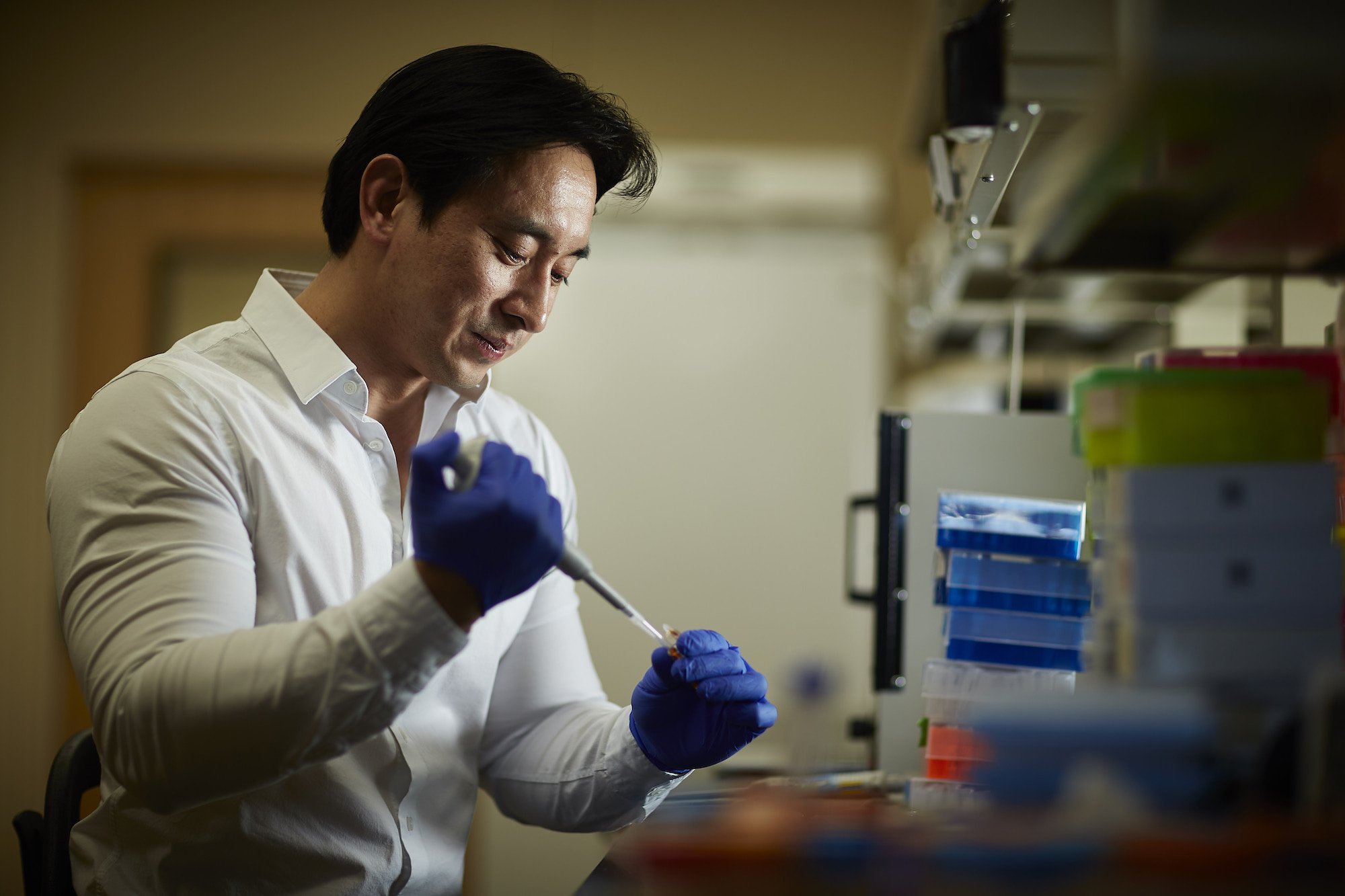
Testing Wastewater for COVID-19
UNLV researcher Edwin Oh and colleagues have implemented wastewater surveillance programs to screen samples for the presence of COVID-19 and to extract the RNA from the SARS-COV-2 virus to find targets that make vaccines more effective.
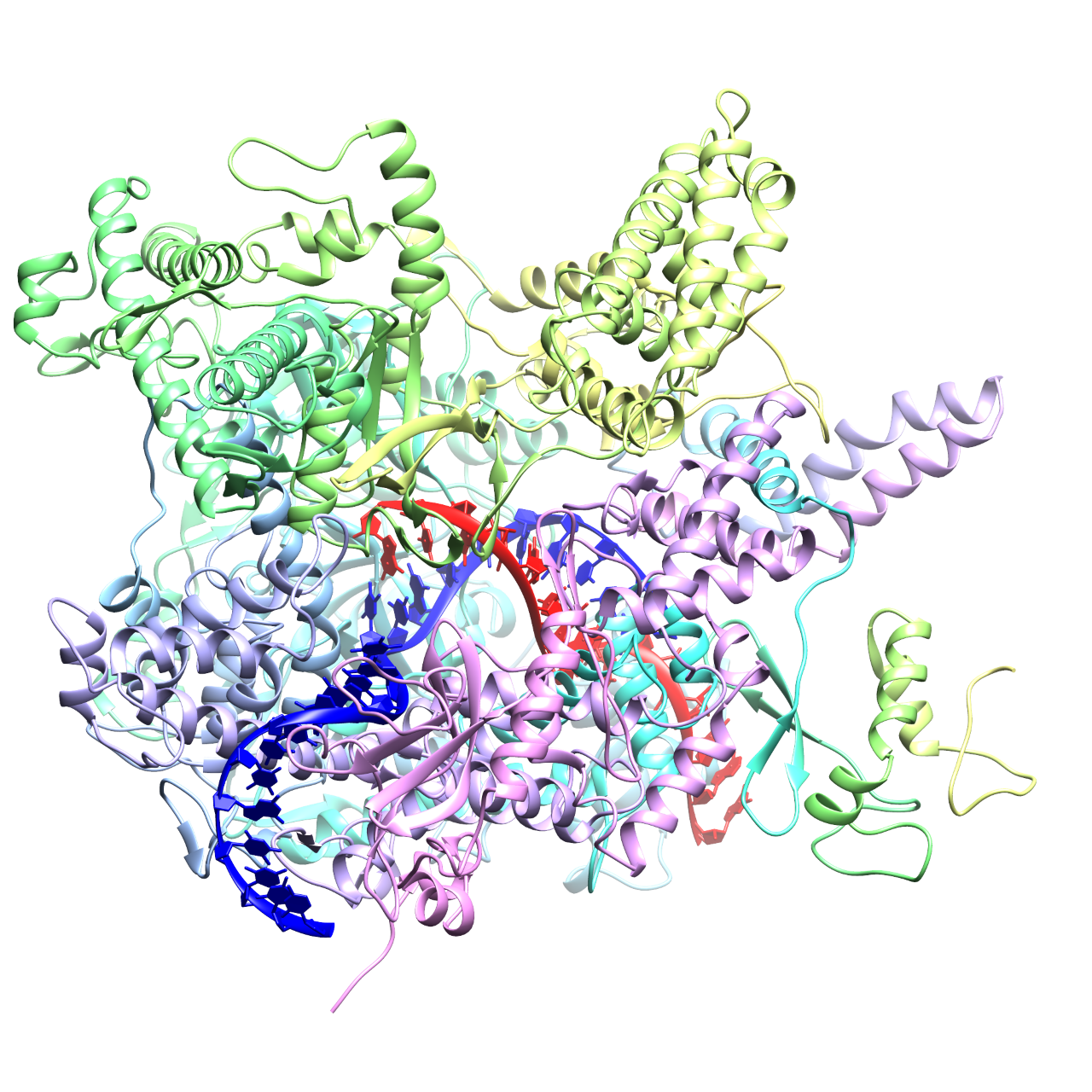
Gut Microbiome Manipulation Could Result from Virus Discovery
Scientists have discovered how a common virus in the human gut infects and takes over bacterial cells – a finding that could be used to control the composition of the gut microbiome, which is important for human health. The Rutgers co-authored research, which could aid efforts to engineer beneficial bacteria that produce medicines and fuels and clean up pollutants, is published in the journal Nature.
The Hidden Reason Children Born by C-Section Are More Likely to Develop Asthma
Researchers at Rutgers University, the Copenhagen Prospective Studies on Asthma in Childhood and the University of Copenhagen have described for the first time how delivery by caesarean section interferes with a baby’s ability to obtain beneficial germs from the mother’s microbiome, and how this can lead to early childhood asthma.

Jennifer Doudna Wins 2020 Nobel Prize in Chemistry
Biochemist Jennifer Doudna, a professor at UC Berkeley and faculty scientist at the Department of Energy’s Lawrence Berkeley National Laboratory (Berkeley Lab), is co-winner of the 2020 Nobel Prize in Chemistry for “the development of a method for genome editing.”
Small molecule targets SARS-CoV-2 RNA for destruction
Researchers reporting in ACS Central Science have identified small molecules that target a structure within the RNA genome of SARS-CoV-2, interfering with viral gene expression and targeting the RNA for destruction.
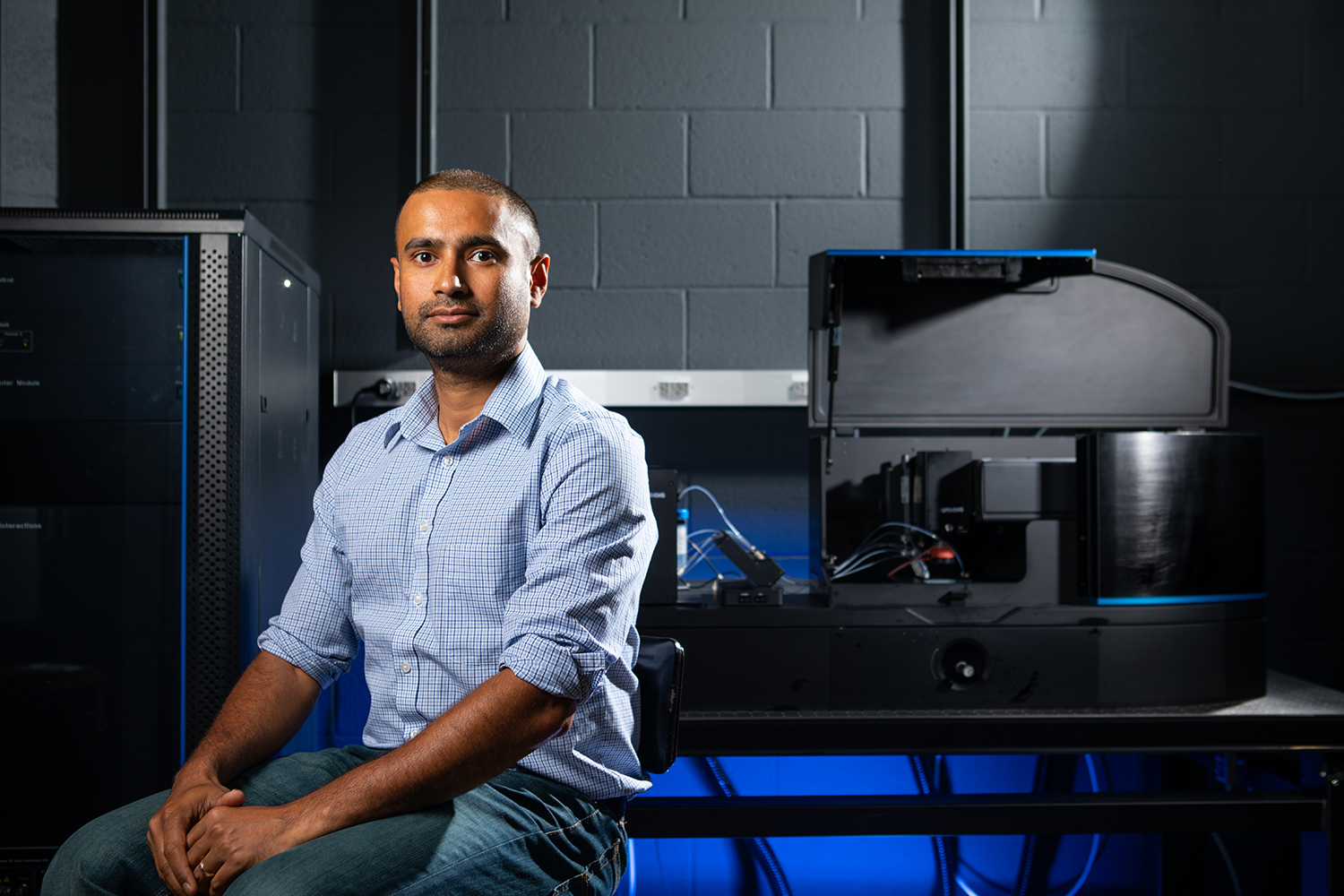
UB biophysicist to explore molecular mysteries of protein-RNA droplets
Inside human cells, proteins and RNA can cluster together to form spherical droplets that play vital roles in cellular processes as well as in certain human diseases. A $2 million grant will allow biophysicist Priya Banerjee’s team at UB to explore the molecular details of protein-RNA condensates.
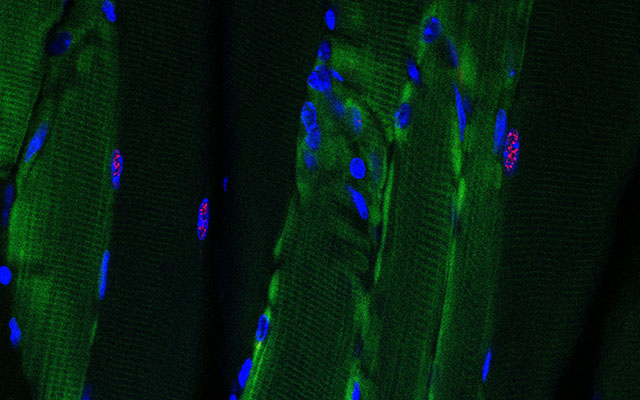
Twist on CRISPR Gene Editing Treats Adult-Onset Muscular Dystrophy in Mice
UC San Diego researchers demonstrate that one dose of their version of CRISR gene editing can chew up toxic RNA and almost completely reverse symptoms in a mouse model of myotonic dystrophy, a type of adult-onset muscular dystrophy.
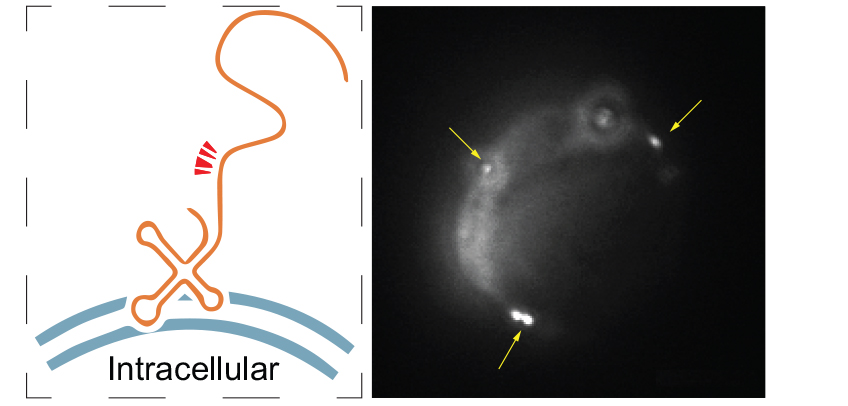
Add human-genome produced RNA to the list of cell surface molecules
Bioengineers at UC San Diego have shown that human-genome produced RNA is present on the surface of human cells, suggesting a more expanded role for RNA in cell-to-cell and cell-to-environment interactions than previously thought.
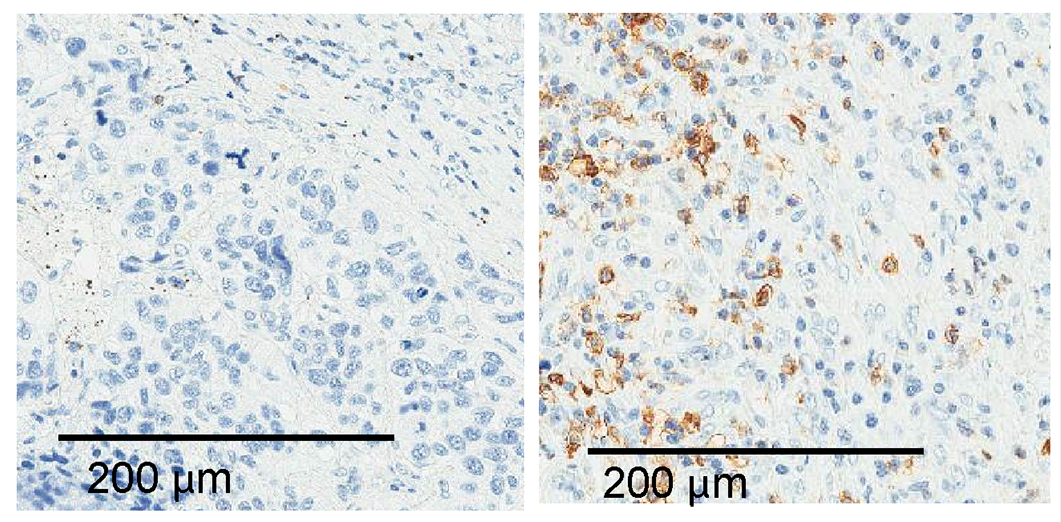
Researchers identify RNA molecule that helps lung cancer cells evade immune system
Researchers in Spain have identified a non-coding RNA molecule that helps lung cancer cells proliferate and avoid being killed by the body’s immune cells. The study, which will be published August 27 in the Journal of Cell Biology (JCB), suggests that targeting this RNA molecule could boost the effectiveness of immunotherapies that are currently only successful in ~20% of lung cancer patients.